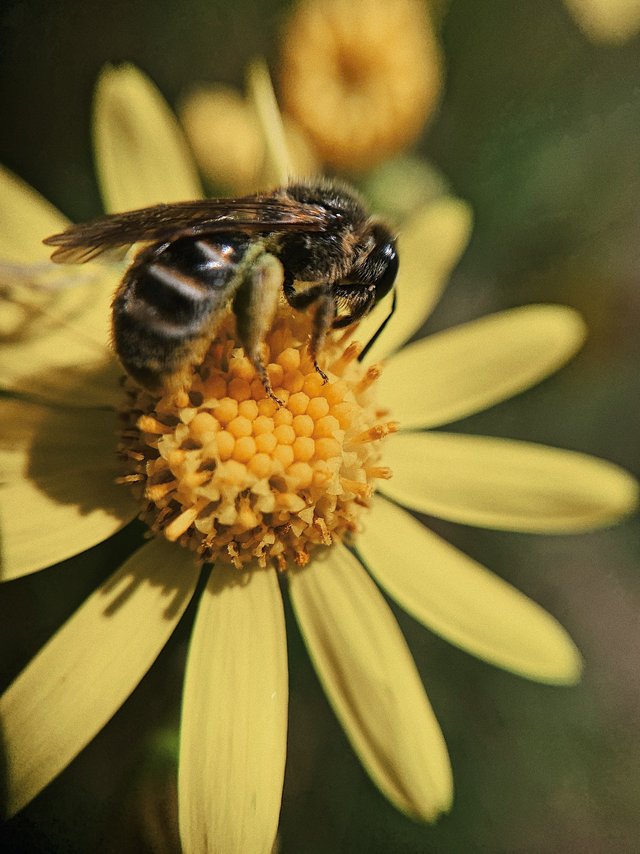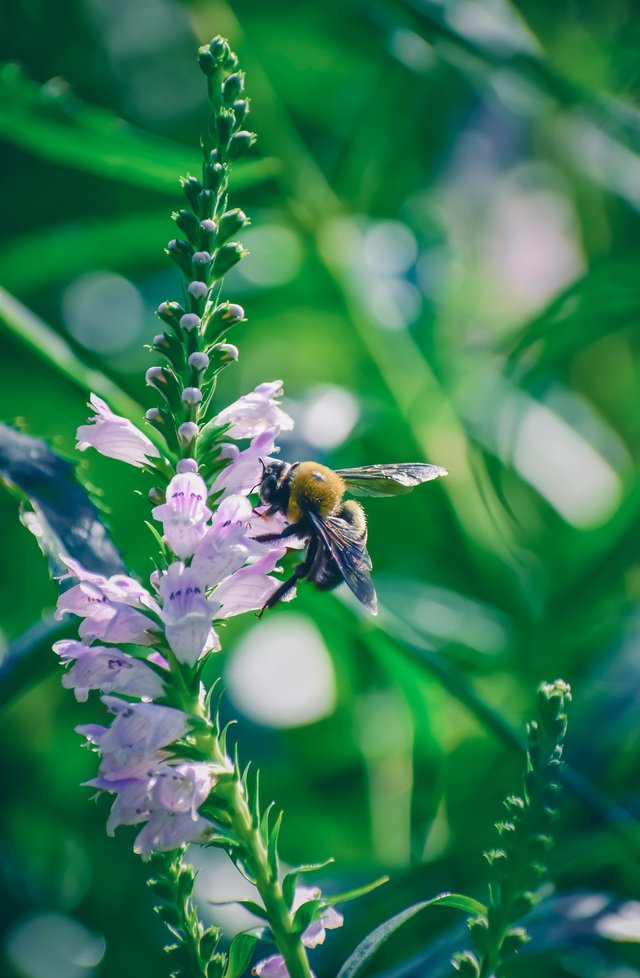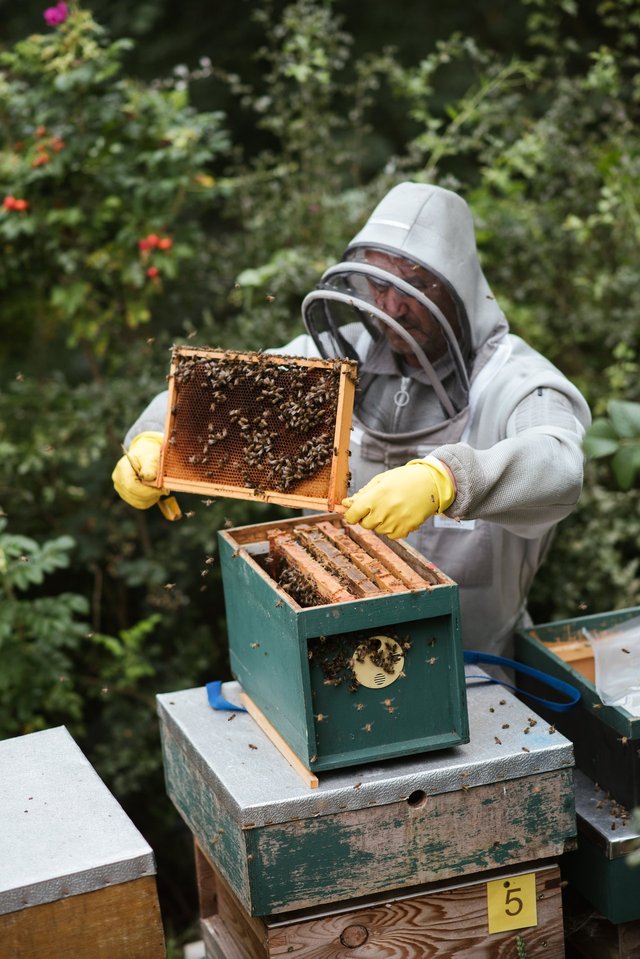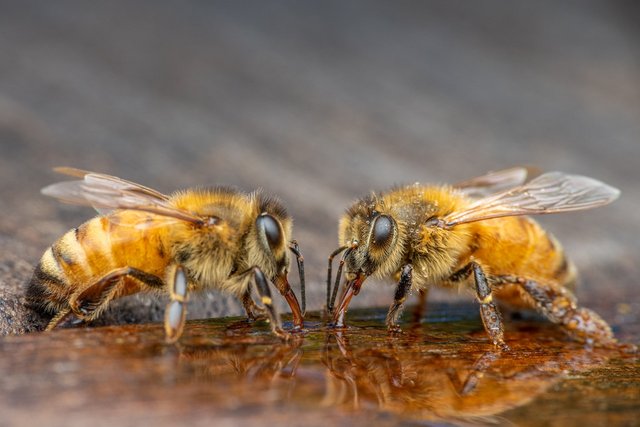The process of producing honey and the mystique surrounding bee life By shakib6176
A small insect known as the bee. In English they are called Honey B and in Arabic Nahal. The sap that these insects store is called honeydew. We all know that bees collect honey in their specific hives. This entire process is shrouded in mystery. The journey from this tiny creature to the most important food ingredient is full of surprises. Honey-gathering insects, closely related to bees and ants, are called bees. In Bengali literature, honey bees are also known as honey bees. The poet asked the bee caressingly, where are the bees going to dance and dance..?They are social animals. They live in the branches of tall trees, cornices of buildings, cracks in trees, etc. There can be 30,000 to 80,000 bees in one tea. Even though so many bees live together, they don't move around like humans. Discipline is noticeable in their nature.
- Types of bees Bees work in social groups:
Their every work is structured. Usually three types of bees form a hive. Queen bees, worker bees and drones.
Queen Bee: A hive contains just one queen bee.. It is female bee and larger than others in size. The most important job of the queen bee is to lay eggs. It also acts as a chemical messenger. Worker bees: These bees are little in size. Despite being female, they can be considered sterile. They are unable to become pregnant and have children. Most of the labor is done inside and outside the hive by worker bees. They carry out all of the job, from building the hive to gathering and distributing the honey. The worker bee is also in charge of making sure the hive is safe.Drones: The group's male members are referred to as drones. They are not venomous. The queen's conception is their sole responsibility.
- Life cycle of bees:
Understanding the bee life cycle is crucial, especially if you're thinking about beginning a beekeeping business. Bees are important insects. There are four stages in their life cycle. They are the egg, larva, pupa, and adult stages. A queen bee, a few male bees, and the remaining workers make up each hive, according to the history of the life cycles of bees. The queen bee flies high in the air during the phase of reproduction before a bee starts its life cycle. With a male bee, it mates while in flight. Almost all of the male bees follow the queen bee as she glides continuously with her wings open. Napital flight is the name given to this sort of flying. The queen bee perishes in flight after mating with the first male bee. The female bee then reproduces with numerous additional male bees, gathers their sperm, and deposits it in the spermatheca. She then goes back to the hive and produces eggs in one to two days. The egg is where the bee's life cycle's initial phase begins.

- Honey collection process of bees:
A swarm of worker bees goes out early in the morning in search of honey. As soon as some of them find food, they quickly return to the hive and use a special dance to tell others how far away the food is. If the dance points upwards, it means that the flowers are facing the sun. If you dance with your head down, you must look at the opposite side of the sun to gather honey. If they dance slowly in a circular pattern - it means that honey-collecting flowers are nearby.And if you swiftly turn around, you'll see that you have a long way to go. On its head, a bee has two antennae.

These help in determining where the flower will sit. This is similar to the way an airport runway signal helps an airplane pilot decide where to land. There is wonder in the eyes of the bee! This is why they can extract honey from tiny parts of flowers. The number of lenses in the human eye is two. But bee has 6000 lenses in 1 eye. That is, this tiny insect has 12,000 lenses in its two tiny eyes. Bees can see even tiny parts of flowers that cannot be seen even with a microscope. Because of this, they are able to extract the actual juice or nectar from the flower, even excluding the tiny germs. They have tube-like tongues for extracting flower sap. They drink the juice of flowers just as we drink syrup through a straw. Bees have a special organ on their stomach called the honeycomb.
Here they store honey. Flowers contain a very small amount of the sweet juice known as nectar. A bee has to collect honey from more than 1000 flowers to fill the honeycomb. Various stimulants secreted by the salivary glands are mixed with the sweet juice of the flower. As a result, this juice partially turns into honey. While collecting honey from the flowers, the bee collects the yellow color or pollen of the flowers in special combs or baskets on its legs. Then back to the tea and make honey with the help of flower juice and turmeric.
All in all, bees are full of surprises, from their anatomy to their life cycle, habitat, nectar collection process and honey production.
Achievement-2 verified Link
◦•●◉✿ Thank You ✿◉●•◦

◦•●◉✿ Thank You ✿◉●•◦




